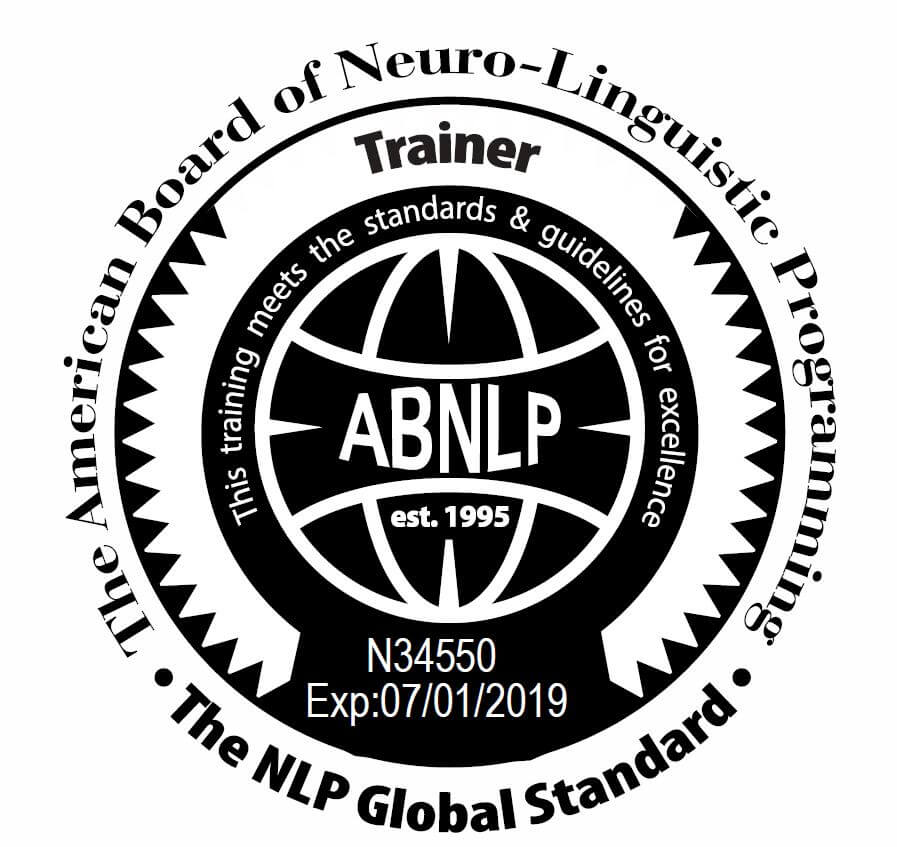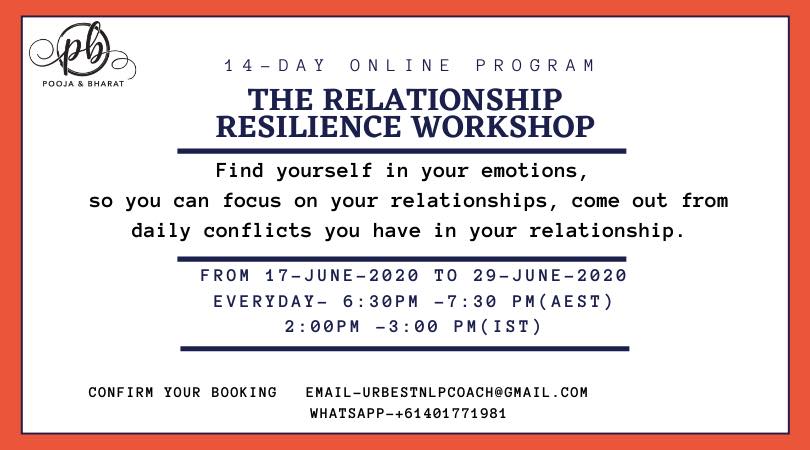Since I heard of autism from one of my clients, I can confirm that doctors and therapists have been a regular part of one’s life(suffering from ASD).
The person has to run from the range of antidepressants and anti-anxiety drugs; we’ve seen countless people in my journey recovering from PTSD, social anxiety, and addiction.
She didn’t take it lightly when we offered a hypnotherapy course for a child despite keeping an open mind. I went straight to “Doctor Google”, hoping to demystify the process.
If you’re on this page, you probably want to know if this is the right kind of therapy for you or your child or someone you love.

You may have the same imaginative vision that I had of the bizarrely dressed showman manipulating his audience to do bizarre things. Terrifying, right?
We can assure you, it’s nothing like the stuff you see on TV.
The practice is absolutely safe, and a good hypnotherapist will be happy to address any worries and explain how it works. It’s essential to let go of those assumptions and think of this in the same way as any other method you may have tried.
Hypnosis has been widely used for decades to help people to overcome addictive behaviours, anxiety, and depression.
These are all issues that people on the autistic spectrum are more prone to, and there is increasing evidence to show that hypnotherapy is beneficial for us.
Antidepressant drugs, including SSRIs and MAOIs, are commonly prescribed to children with ASD, but they are less effective than non-autistic children (2021).
This leaves us seeking non-pharmaceutical, alternative treatments in the hope they will be of more benefit.
How does hypnotherapy help with autism?
It’s important to realize that autism isn’t a disease to be cured; it is just a different way of thinking. I’m sure you’ll see that your child has many beautiful qualities that need to be celebrated and nourished.
Seeing a hypnotherapist won’t radically alter your child’s personality. It certainly won’t free them of their ASD and won’t solve all of their problems overnight.
The goal is to equip the patient with the tools to overcome those negative feelings commonly experienced by autistic people, such as anxiety, depression, low self-esteem, behavioural issues, and phobias.
This is where your hypnotherapist can help.
Good therapists will treat you as an individual—your kid is not just a set of symptoms!
Adults and children on the autism spectrum are not all alike, which makes hypnotherapy well suited for us.
Janet Dowling, a professional hypnotherapy specialist, recommended by the National Autistic Society, explains that therapy sessions are tailored to individual needs, varying from one week to the next.
Dowling tells Autism Parenting Magazine: “I find out what difficulties and challenges a person hopes to overcome, and if they want to be calmer, happier, more confident, etc. I ask them what they enjoy, what they’re good at, and who they like spending time with.
By focusing on positives and existing strengths, we can build on these.”
What happens during hypnosis for autism?
Don’t panic; you or your kid will NOT be in an hour-long trance!
A necessary part of the therapy is to equip the client with better self-awareness and knowledge of how the brain is functioning.
By learning behavioural techniques the person can practice at home, they could succeed in difficulties that have held them back in the past.
A conversational approach
Dowling’s sessions typically start with a conversation with the client to determine what they hope to benefit from at the clinic.
They will explore a range of breathing techniques, mental distraction, grounding, and other exercises.
Then it moves the client into guided hypnosis, allowing the mind to process what has been covered in the session.
We always start by asking, ‘What’s been good about your week?’ or ‘which toy do you like the most. This engages the prefrontal cortex. Then we establish what they’d like to focus on either with play or by conversation.
This can range from ways to not get cross, how to stop negative thinking, being able to try new things, or getting to sleep,” she explains.
The goal is to create a “positive doing image”.
Many people with autism can think in visuals; hypnosis for autism can be an effective therapy.
“I ask for a lot of detail—time, place, who with, how long, etc. to help them to build a really vivid picture in their imagination.”
Fight or flight
Dowling shows her client a physical model of the brain and uses metaphors to help them to understand why they are feeling a particular way. She explains the “fight or flight” response by referring to the rational prefrontal cortex as “The Chief” and the primitive amygdala as “The Guard”.
“We talk about times when their Guard is in charge when it doesn’t need to be. We look at moments when their chief has responded.
I explain that future sessions focus on training their chief brain to be more in charge by practising ways to calm the Guard down,” she adds.
Neurotypical adults also experience the “fight or flight” response at times of worry, but it is triggered much more readily in people with autism.
Imagine that you have to give a presentation and you’re not prepared—your heart starts racing, your mind goes blank, and your stomach is in knots. For autistic children and adults, this response may be triggered at a much lower level. It may be when their favourite food isn’t available in the grocery store or when the school day is disrupted by a fire alarm. It can seem trivial to a neurotypical person, but the anxious brain registers it as a warning.
Training the mind with these simple techniques could lead to better functioning in social situations and other places that have provoked anxiety.
Sugarman (2013) developed a treatment method that uses computerized biofeedback and clinical hypnosis to modify behaviour. He states that turning down the fight or flight response could help patients with ASD be “more culturally engaging, reduce some of the need for cognitive rigidity and repetitive behaviours and, more importantly, allow them to feel better”.
What happens during the ‘hypnosis’ part of the session?
Kohen (2013b) says the goal of hypnosis is for the patient to enter a deeply relaxed state where the mind is most receptive to change the pattern of thought. The brain is more suggestible when in a relaxed state.
Dowling explains: “We all go into a hypnotic state many times a day – it’s when we daydream. In therapy, we ensure that the trance focuses on positives rather than the hostile loop clients have.
“In the lovely, positive hypnotic state, we’re able to allow our mind to process what we’ve been talking about and further explore other possibilities.”
What if my child can’t relax?
Few things fill me with as much dread as being told to sit still.
At school, we were constantly exposed to stop worrying and pay attention!
Even as an adult, the more I focus on that demand for stillness, the tenser I get.
The bottom line is that it’s tough for many people with ASD to relax on command. However, there is a HUGE positive for us…
Many autistic kids have this incredible ability to get lost in their particular interests. Without even realizing it, we find ourselves totally relaxed. This is why it’s so important to let them do what they enjoy and whatever gets them into a state of relaxation.
“The child is free to fiddle with something, or doodle, or even close their eyes if it suits them,” Dowling says. “Hypnotherapy is of such benefit for autistic people as it focuses on their strengths.”
Is there anyone that should not be hypnotized?
Hypnotherapy is not advisable for people with psychosis. If your youngster is under the care of a psychiatrist, you must inform them before seeking hypnotherapy to make sure it is safe and appropriate.
Strength for the parents
- The hypnotherapy process enables parents to help their children achieve self-confidence and inner strength.
- Hypnotherapy allows parents to give their children positive suggestions to help with usual and particular issues in their lives.
- This process is a safe, moral and non-intrusive process suitable for any family and lasts for life.
- It’s been used for years by a team of clinical hypnotherapists.
- Hypnotherapy gives parents a chance to invalidate any harm caused by unintentional unkind words.
Wrapping-up
Hypnotherapy is generally a safe and effective treatment; just ensure that it’s done by a qualified hypnotherapist.
Ensure that your therapist is professionally trained and registered with a professional body like the Australian Hypnotherapy Association(AHA).
As with any therapeutic treatment, patients need to be open to change to be completely effective. If the person isn’t on council, it will be less helpful in treating anxiety and mental wellbeing, and you may not see the best results.
A hypnotist can not control your child’s mind or make them do things against their will. It can be used in conjunction with other treatments, such as cognitive behaviour therapy or along with medication.
I hope this article has helped demystify some of the myths and will leave you with a clearer idea of whether hypnosis for autism is correct for you.
References
Brandt, M. (2012), https://med.stanford.edu/news/all-news/2012/10/not-getting-sleepy-research-explains-why-hypnosis-doesnt-work-for-all.html
Cole, K. Woods, K. (2017), Hypnotherapy for autism and aspergers https://www.youtube.com/watch?v=0j4ad-I2wMQ&t=4s
Popow C, Ohmann S, Plener P. (2021), Practitioner’s review: medication for children and adolescents with autism spectrum disorder (ASD) and comorbid conditions. Neuropsychiatr. https://pubmed.ncbi.nlm.nih.gov/34160787/
Powlett, M. (2013b), Hypnosis and hypnotherapy to help deal with autism Dr Laurence Sugarman https://www.markpowlett.co.uk/myblog/read_91328/hypnosis-and-hypnotherapy-to-help-deal-with-autism-dr-laurence-sugarman.html
Sugarman, L. Garrison, B. Williford, K. (2013), Symptoms as solutions: hypnosis and biofeedback for autonomic regulation in autism spectrum disorders. Am J Clin Hypn. Oct;56(2):152-73. doi: 10.1080/00029157.2013.768197. PMID: 24665817.
https://www.webmd.com/mental-health/hypnosis-risks-side-effects







